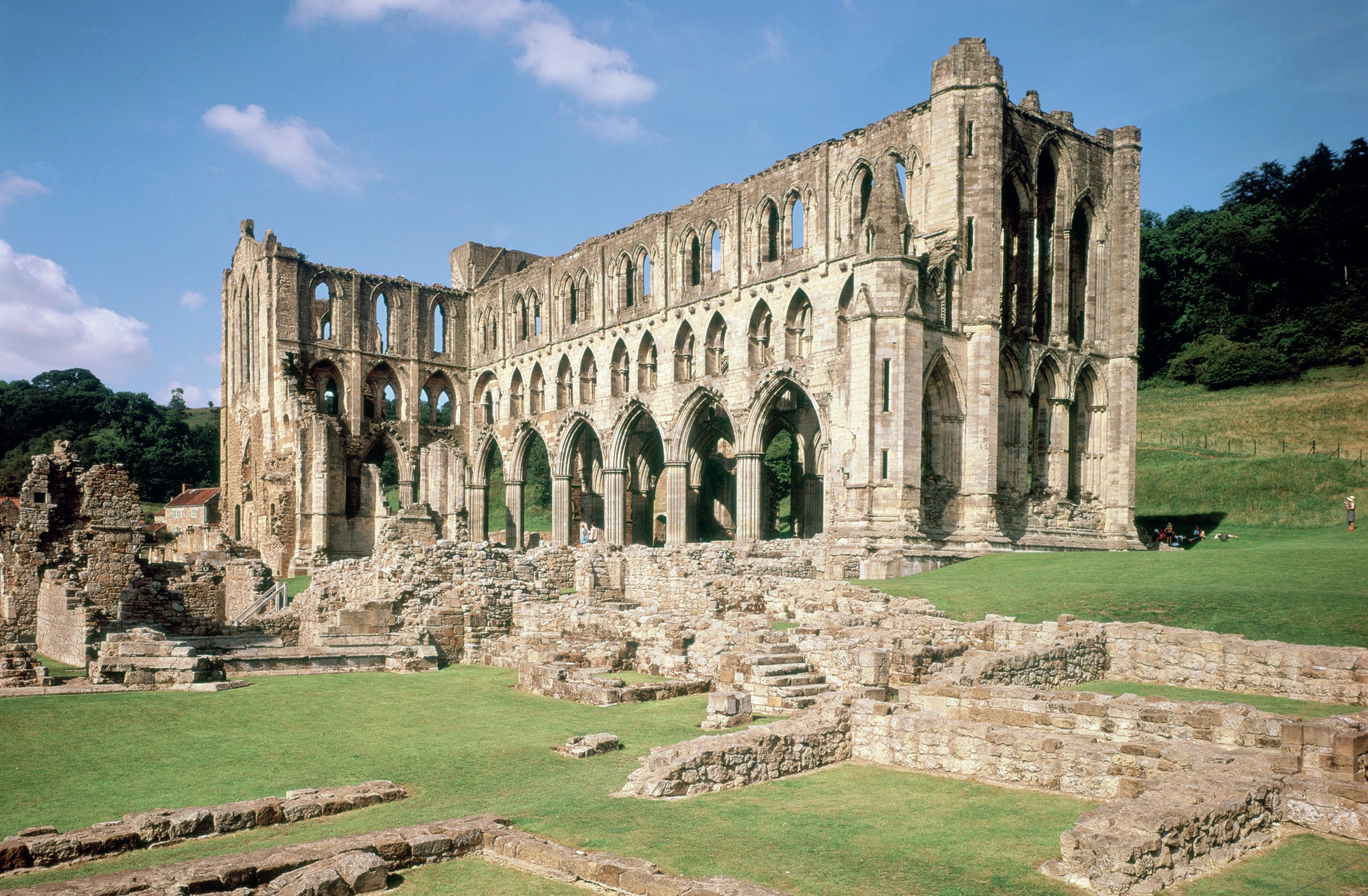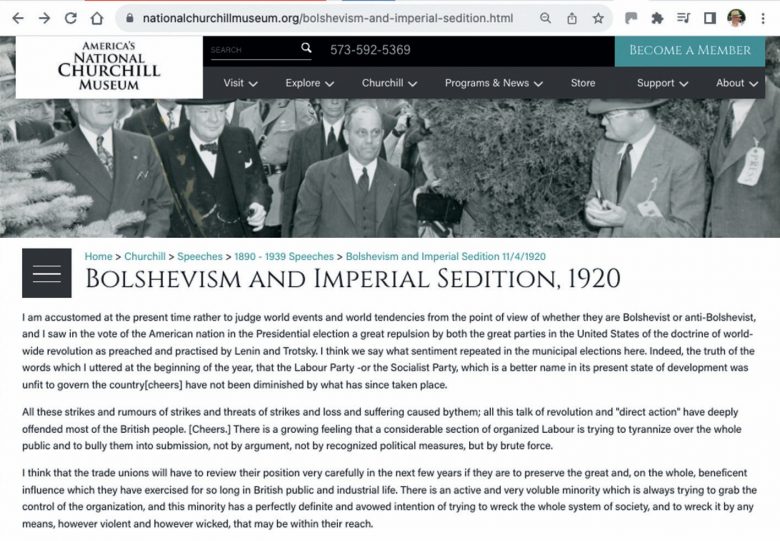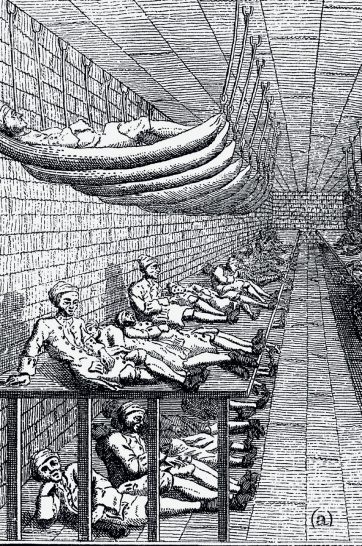
In 1521, Pope Leo X wrote to Henry VIII announcing that he was awarding him the title Defender of the Faith in thanks for a book that the king had written arguing against the teachings of Martin Luther, a German monk who was fast becoming the figurehead of the new Protestant movement. The idea that such a staunch Catholic monarch as Henry would end up splitting with Rome and adopting Luther’s ideas was unthinkable. Nevertheless, within 15 years Henry was the head of a new Church of England and had begun the systematic destruction of Catholic monasteries across his kingdom.
The English Reformation came about due to two broad reasons. Underlying and long-standing dissatisfaction with the Catholic Church led to grassroots reform movements. In the early 1520s, this coincided with the king and his advisers changing their opinion and turning against the Catholic Church for mostly pragmatic reasons. This meant that the Catholic Church was squeezed out of England by pressure from both below and above.
Your organisation does not have access to this article.
Sign up today to give your students the edge they need to achieve their best grades with subject expertise
Subscribe




